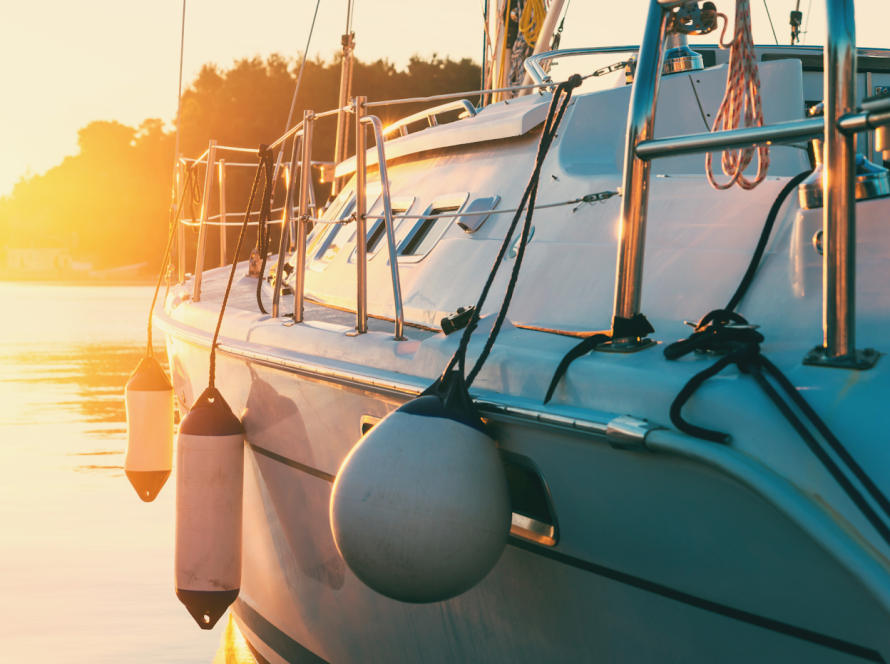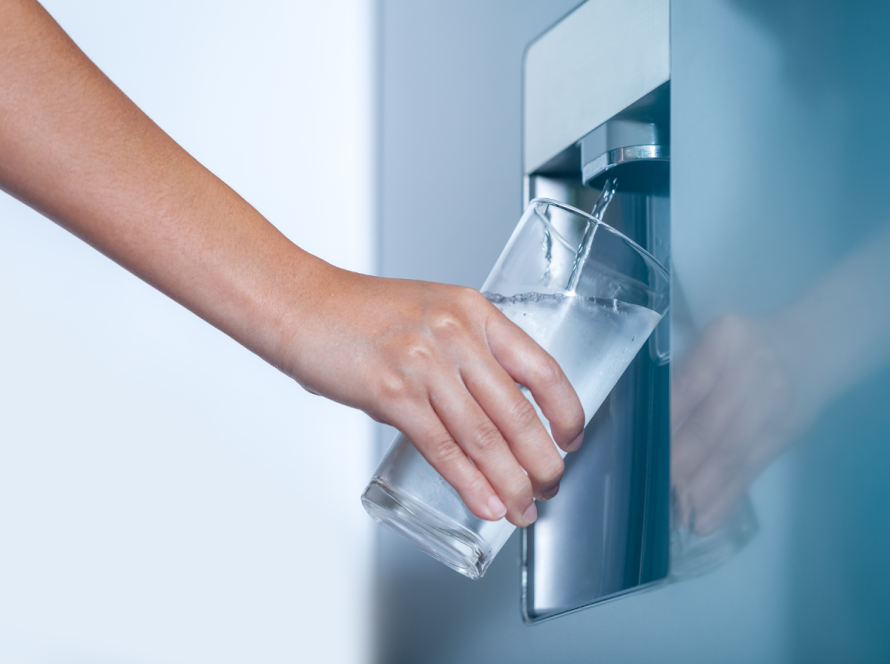As powerboat enthusiasts, we all can relate to the adrenaline rush of cruising full throttle across the open water. However, with great speed comes great responsibility, specifically regarding fuel consumption and maintaining the fuel tank for a boat. Whether you are new to boating or an advanced captain, optimizing your boat’s fuel efficiency is a crucial part of boating. This comprehensive guide from ECHOTec Watermakers will explore the tips and expectations for maximizing fuel efficiency on your powerboat.
Boat Fuel Tanks
A fuel tank for a boat is a critical reservoir that supplies the propulsion to your powerboat, allowing it to move swiftly across the water. These tanks come in various shapes, sizes, and materials that are specifically tailored to meet the needs of different types of vessels. Boat fuel tanks come in a wide range of sizes that accommodate various vessel sizes, from small recreational boats to larger yachts. These tanks vary in their overall capacity, offering small compact options such as a 6-gallon boat fuel tank or a 12-gallon boat fuel tank, which are made for small boats. Fuel tanks for larger vessels and yachts can reach up to 250,000 gallons. By selecting the appropriate fuel tank for your powerboat, you can ensure that there will be an adequate amount of fuel for your voyage.
What Are the Best Practices for Fuel Economy?
Optimizing your powerboat’s fuel economy is crucial for enjoying your time on the water without breaking the bank. Here are some of the best practices for improving the efficiency of your boat:
Maintain Your Engine
Regular engine maintenance, including 100-hour services, oil changes, and filter replacements, ensures your engine operates efficiently.
Propeller and Hull Checks
Not only do boat fuel tanks come in different sizes, but so do propellers. Ensure that your boat’s propeller is correctly sized for your engine, and regularly check to make sure it is in good condition without any nicks or chips.
Frequently cleaning your powerboat’s hull and removing any algae will promote a smooth and clean surface that reduces your vessel’s drag. Reducing the drag of your vessel leads to improved efficiency since there is less resistance opposing the boat from moving forward.
Avoid Excessive Idling
To maximize fuel efficiency, you should minimize idling time and avoid unnecessarily running your powerboat’s engine if it isn’t needed. Turn off your engine when it’s not in use or if you have to wait an extended period of time.
Optimize Trim and Speed
Adjusting your powerboat’s trim tabs to find the optimal trim angle can also minimize resistance generated by the hull’s forward movement through the water.
Finding your optimal cruising speed balances velocity with fuel consumption, allowing you to cover more distance yet burn the same amount of fuel.
What Is the Best Cruising Speed for a Boat for Fuel Economy?
The ideal cruising speed for fuel economy depends on various factors, such as the boat manufacturer, engine type, and sea conditions. The general rule of thumb is a cruising speed that allows the boat to get on a plane while still operating at a low rpm, which tends to promote optimal fuel economy. For most powerboats, this speed is usually between 25 and 30 mph, around 3000 to 4000 rpm. Remember that every boat will have a different ideal cruising speed depending on its weight and power-to-weight ratio.
Fuel Efficiency Boost: Bladders & Gauges
When optimizing a boat’s fuel tank, integrating tools such as a boat fuel bladder or an accurate boat fuel gauge can drastically enhance your powerboat’s performance.
Boat fuel bladders can allow boaters to carry more fuel without replacing their permanent tanks for larger ones, allowing for extended lengths of trips. These fuel bladders are placed strategically to optimize weight distribution on your powerboat. Improved weight distribution leads to better stability and performance of your vessel, preventing imbalances.
A reliable boat fuel gauge provides boaters with an accurate reading of their fuel levels, which can aid in making decisions regarding the optimal cruising speed for the desired traveling distance.
Elevate Your Boating With ECHOTec Watermakers
Effectively managing your boat’s fuel consumption will save you money and promote a more enjoyable and hassle-free time on the water. Incorporating some of the tips mentioned in this guide, you can spend more time on your boat without worrying about refueling or excessive fuel consumption. However, if you’re looking for another optimal solution for your boating needs, investing in a boat watermaker can be an excellent choice for upgrading your vessel. Our specialists at ECHOTec Watermakers ensure that you will have access to fresh water on your boat, no matter the adventure.
Whether you’re searching for a sailboat watermaker or a powerboat watermaker, contact us today. Discover how a watermaker can optimize your boating experience.



